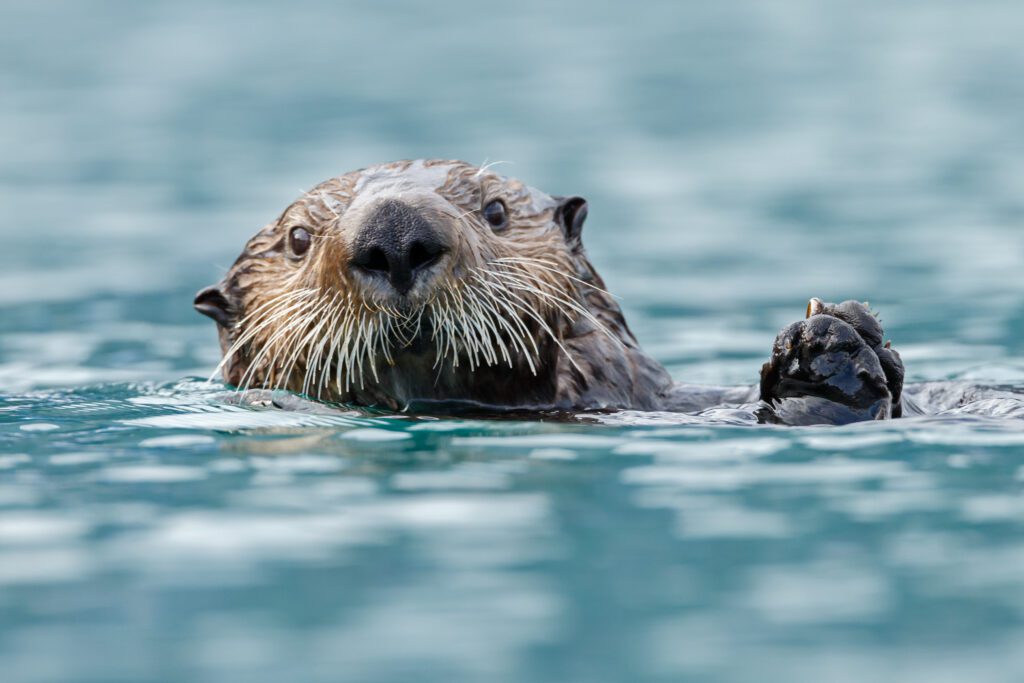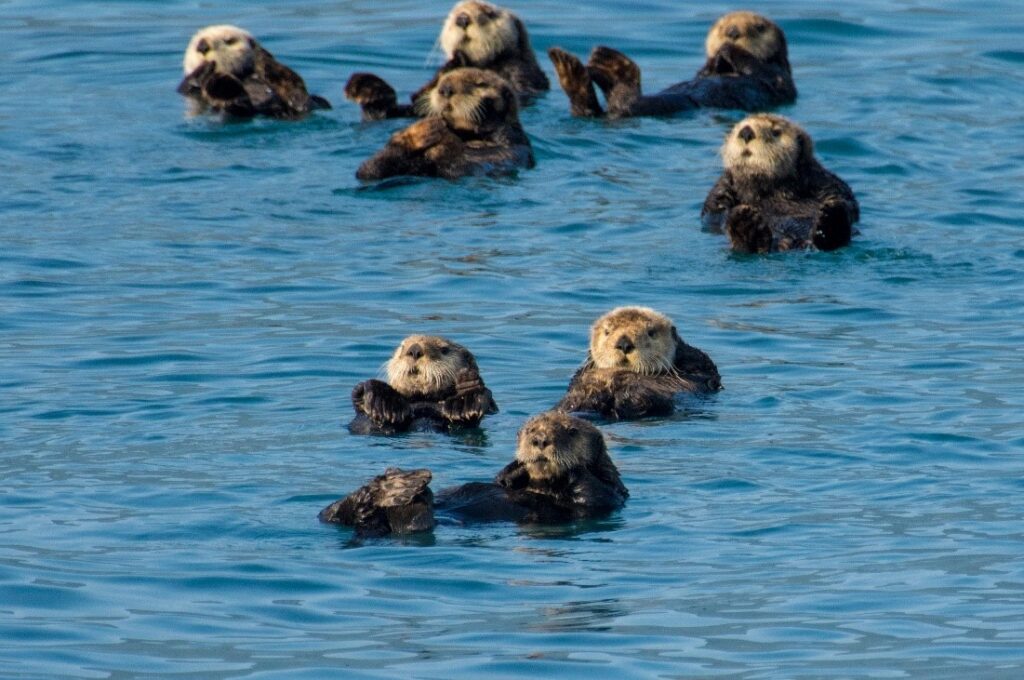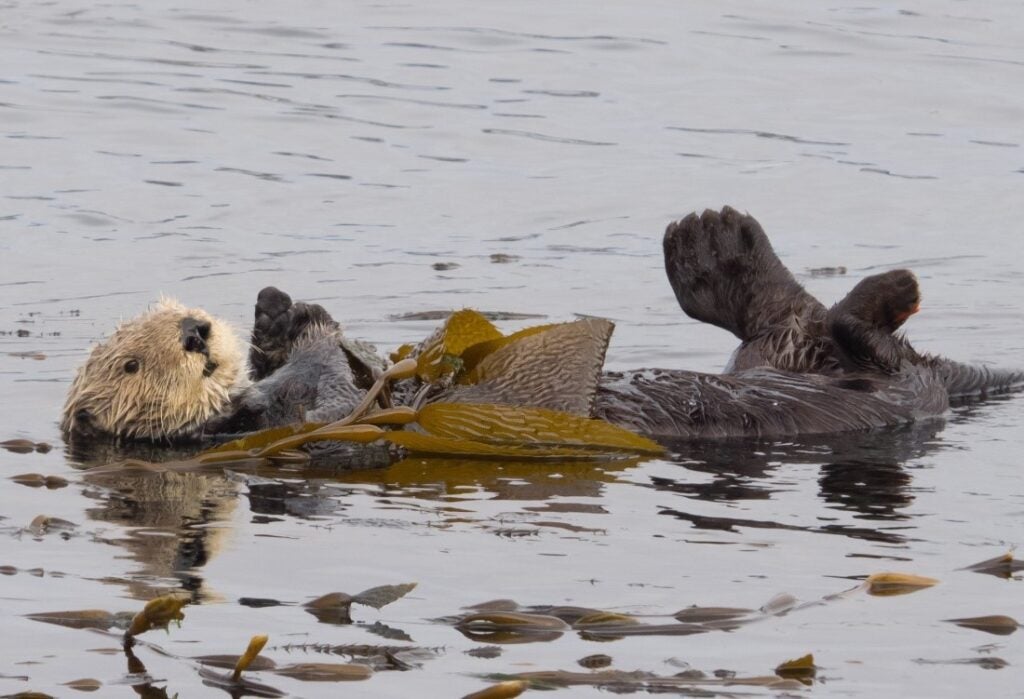September 19, 2022
10 Amazing Facts About Sea Otters
Estimated reading time: 0 minutes
Sea otters are undeniably one of the cutest marine mammals in Canadian waters. Not only are they adorable, but they are also incredibly intelligent and have some very unique adaptations! Read on to learn 10 amazing facts about sea otters.
1. A sea otter can live its whole life without leaving the ocean. They eat, sleep, play and give birth in the sea.
2. Sea otters can eat 25 per cent of their body weight in food each day. Their diet is varied but you can commonly find them munching on sea urchins, crabs, mussels and clams.
3. To catch their prey, which mainly all reside on the sea floor, sea otters have adapted to be able to hold their breath for over five minutes at a time!

4. Sea otters are one of the only marine mammals that uses tools. All of their favorite foods need to be cracked open to eat, so these intelligent animals will use a rock to crack them open. Sea otters will even store these rock “tools” in a little pouch under their armpits to use later.
5. Sea otters have the densest fur of any animal on earth with an estimated 1 million hairs per square inch. All this dense fur makes up for the fact that, unlike other marine mammals, sea otters do not have blubber to keep them insulated in chilly ocean waters.

6. Sea otters spend a lot of time doing their hair! To keep their dense fur coat waterproof, an otter will spend many hours a day cleaning and grooming. This process helps coat their fur with natural oils from their skin and allows them to fluff their fur with insulating air bubbles to keep warm.
7. When they sleep, sea otters wrap themselves in kelp to ensure they do not float away. They will also hold each other’s hands to stay close while sleeping. A group of resting otters is called a raft and researchers have documented over 1,000 sea otters in a single raft!

8. Sea otters are considered a keystone species. Keystone species are plants or animals that play an important role in how an entire ecosystem functions. Without them, there would be large scale, cascading impacts on the communities and other species within their ecosystem. Sea otters help keep sea urchin populations in control by eating them, which in turn ensures kelp forests are not being overgrazed and damaged by large sea urchin populations.
9. In the 18th and 19th centuries sea otters were almost hunted to extinction due to their highly valuable fur. Today, sea otters are protected by law in Canada and their numbers have greatly rebounded.
10. Due to historical overhunting, sea otters are listed as Endangered by the International Union for Conservation of Nature (IUCN) Red List worldwide. However, the Canadian population of sea otters is fairly healthy and is listed by the Committee on the Status of Endangered Wildlife in Canada (COSEWIC) as Special Concern.

Become a wavemaker today and join us as we work to protect all the incredible species, like sea otters, that call Canadian waters home.

